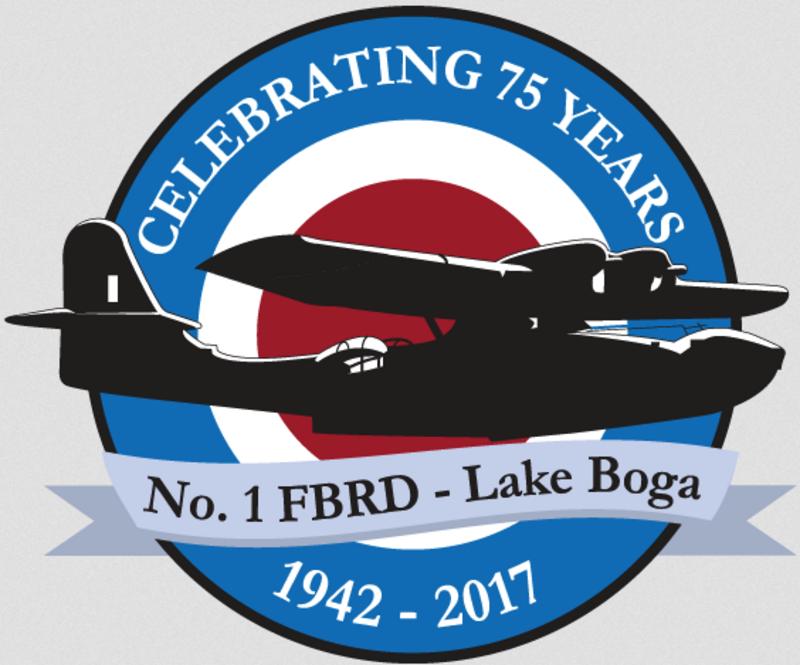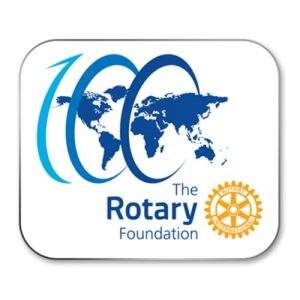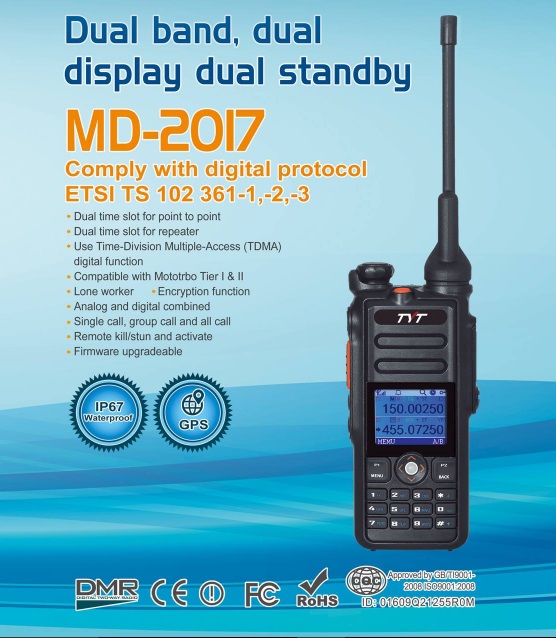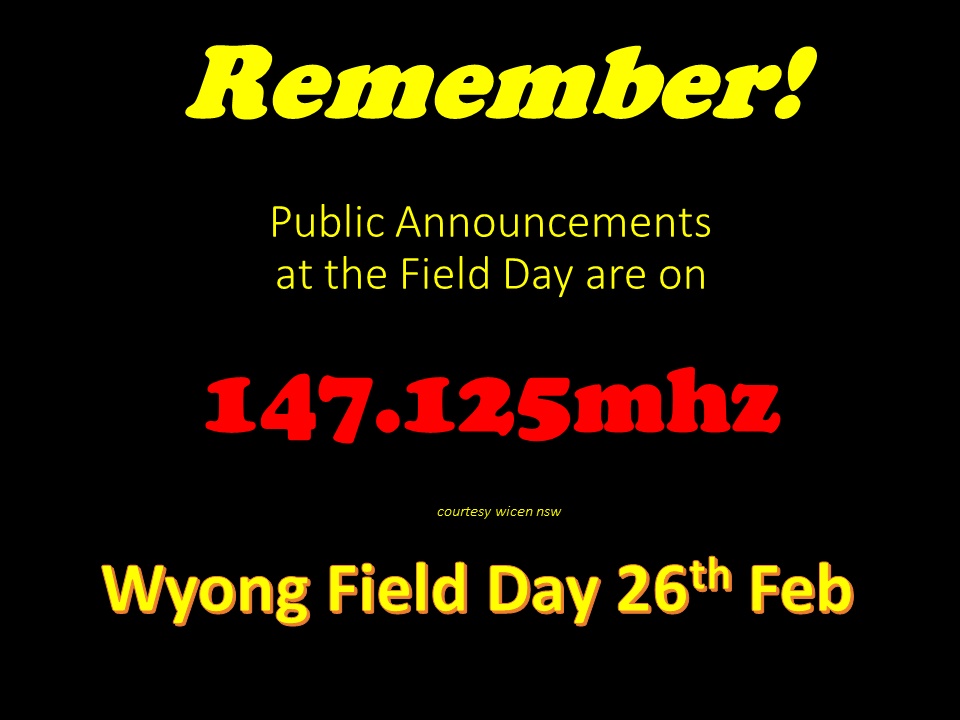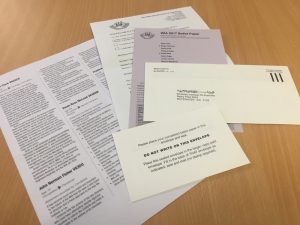From the WIA, original post here.
Date : 23 / 02 / 2017
Author : Jim Linton – VK3PC
The commemorative callsign VI3FB75 will be active on March 17-19 at the Lake Boga Catalina Communications Bunker at Swan Hill, in northwest Victoria. This facility was successfully used for the ANZAC Day 2015 centenary with the VI3ANZAC callsign that proved to be popular.
Now Thomas VK3EO of Swan Hill and Noel VK3FI from Mildura, both members of the Sunraysia Group, will supervise the VI3FB75 operation to mark the 75th anniversary of Lake Boga. A number of other radio amateurs will also be involved. It was the RAAF secret No. 1 Flying Boat Repair and Service Depot during WWII for many amphibian aircraft. In addition to RAAF aircraft, many allied flying boats landed for repairs, including those of the United States of America and the Netherlands.
In total 416 aircraft were serviced, repaired, restored, rebuilt or overhauled. These aircraft included Catalina, Dornier, Sikorsky KingFisher, Sunderland, Walrus and Martin Mariner. The 75th anniversary will include fly-ins and other historic events. The site was an integral part of allied defence and helped to keep Australia safe. The 75th anniversary will include fly-ins and other historic events. The museum has a theatrette telling the war-time story with narrated archival footage as it was being built and throughout its operation.
VI3FB75 will be at the underground communications bunker which is set up with some original equipment – AR7 receivers, a telephone switchboard, power supply, photographs of it in operation, together with wartime uniformed models.
A commemorative QSL card is being designed and will be available. Good publicity for Amateur Radio is expected as Swan Hill and Mildura district radio amateurs are on hand to answer questions from the public.

